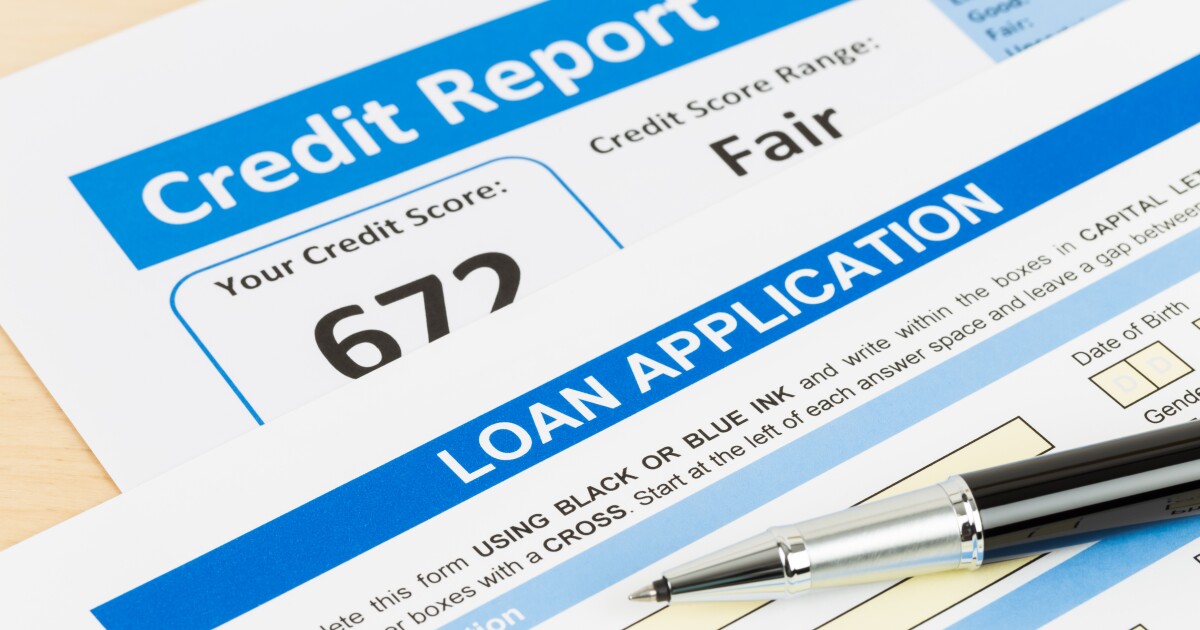
A common refrain is that we need not worry about a housing downturn because mortgage credit is asserted to be "strong," presumably due to
The first data point commentators focus on is
Recall under COVID debt relief, reporting for many types of loan delinquencies was paused. Households received significant direct financial support during the pandemic. The result was a significant upward shift in credit scores. The Consumer Financial Protection Bureau found, on average, an improvement of 11 points in consumer FICO scores in the first few months of 2020. The Boston Fed found the largest FICO improvements among those with the lowest scores, with the deepest subprime borrowers witnessing an improvement of almost 20 FICO points.
Regulators, and Congress, beginning with the Fast, Accurate Credit Transactions Act of 2003, and the Dodd-Frank Act, imposed changes that have increased credit scores. The most dramatic example has been in the area of medical debt. The CFPB has correctly identified that much medical debt is the result of our convoluted system of medical billings. Regardless, its removal impacts credit scores, with the CFPB estimating its newer treatment of medical debt, including industry changes instituted in March 2022, will increase, on average, consumers' FICO
It should be clear that most, if not all, of the supposed improvement in borrower credit quality between now and 2008 is the result not of actual quality improvements, but of regulatory changes to credit reporting. A 740 today simply is not what a 740 was in 2008.
Commentators also point to the strength of aggregate household balance sheets. For instance, the Federal Reserve estimates that in the first quarter of 2024, that aggregate owner's equity, as a percentage of real estate owned, was 71%. I would agree, that is a big cushion. But it is not historically unusual. Similar heights were witnessed in the 1950s, 1970s and 1980s prior to painful housing corrections in those decades. Significant homeowner equity did not prevent the savings and loan crisis.
Democrats Ritchie Torres and Gregory Meeks called on the New York Home Loan bank to follow the lead of its peers and use alternative credit scoring models for collateral to improve consumers' access to homeownership.
More importantly, we don't all share this big pot of equity. The typical homeowner is indeed rock solid. But it's the tails that cause the crises. Total aggregate equity never went negative in the 2008 crisis, yet many families still found themselves under water. The fact is that the tails of the distribution have been getting worse. According to the Urban Institute, the median combined loan-to-value at origination is now 95%, whereas it was closer to 80% going into 2008. And this does not even consider the Biden administration's efforts to inflate appraisals.
Perhaps the most reckless trend has been the explosion in high debt-to-income, or DTI, lending. The American Enterprise Institute reports that over a third of recent mortgage originations have DTIs in excess of 45%. Such is all the more concerning with the recent increases in both insurance and property taxes facing borrowers. Despite the Dodd-Frank Act promising to address "ability to pay," borrowers today are stressed at historic levels.
Another concerning trend is the substantial increase in investor home purchases.
Even if this "isn't 2008," it does not need to be 2008. A crisis two-thirds, or half, as bad as 2008 is still bad. Arguing over decimal points is ultimately an attempt to distract from very real cracks in the foundation of our housing and mortgage markets.
Ultimately the strength of our mortgage market will depend on the job market. Our current mortgage standards are structured on the belief that the economy can only get better. Yet, I see no reason to believe we have cured the housing or business cycle. As JFK quipped, "the time to fix the roof is when the sun is shining." We better get started quickly, as there are a few dark clouds on the horizon.



